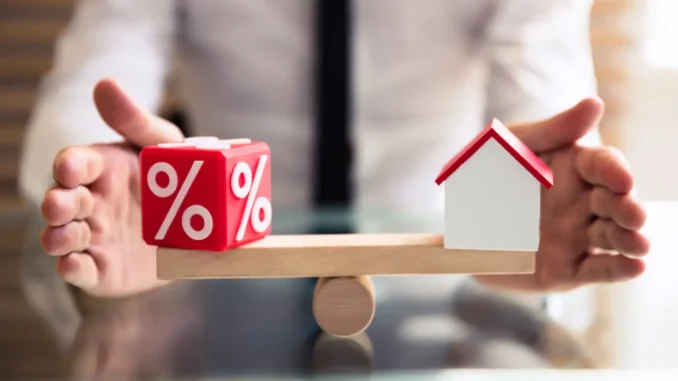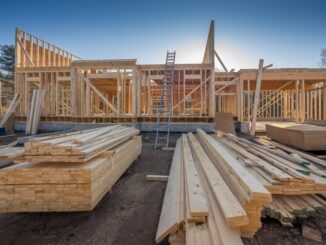
The mortgage industry has been on a roller coaster ride this year due to a resilient economy. In the span of a month, mortgage rates shot up near 7% after dropping to the low 6%-levels.
“The economy continues to show strength, and interest rates are repricing to account for the stronger than expected growth, tight labor market and the threat of sticky inflation,” said Sam Khater, Freddie Mac’s chief economist.
The latest economic data, including the job market, consumer spending — which remained robust — and inflation numbers, which displayed unexpected staying power, led investors to bet that the Federal Reserve will continue to raise its federal funds rate through the summer.
Even before these data were released, minutes from the Jan. 31-Feb. 1 Fed officials’ meeting showed that they needed to do more to wrestle rapid inflation back to 2%.
“With inflation still well above the committee’s longer-run goal, participants generally noted that upside risks to the inflation outlook remained a key factor shaping the policy outlook, and that maintaining a restrictive policy stance until inflation is clearly on a path toward 2% is appropriate from a risk management perspective,” the minutes, released on Wednesday, said.
The 10-year Treasury yields, which act as a benchmark for mortgage rates, rose to 3.93% on Wednesday, up from the previous week’s 3.81%.
Following the climb in the 10-year Treasury yield, the Freddie Mac fixed rate for a 30-year loan also continued to rise.
The 30-year fixed-rate mortgage rose again to 6.5% as of February 23, up 18 basis points from the previous week’s 6.32%, Freddie Mac’s latest survey showed. Rates were at 3.89% a year ago this time.
Just about three weeks ago, Freddie Mac’s mortgage rates dropped to 6.09% — despite the Fed’s hawkish tone to keep inflation at a target of 2%.
At HousingWire’s Rate Center, the Optimal Blue data showed rates at 6.64% on Wednesday, up compared to 6.48% the previous week. Mortgage News Daily showed rates were at 6.88% as of Wednesday, up one bps from the previous day.
‘Nobody’s market’
Realtor.com economist Jiayi Xu said that while it’s hard to predict whether the Fed is going to make an aggressive move next month, if companies tighten belts in preparation for a potential economic downturn, it could endanger jobs in the tech industry and service sectors.
“This means that the housing market will continue to be a ‘nobody’s market’ — not friendly to buyers nor to sellers. Mortgage rates are likely to move in the 6% – 7% range over the next few weeks, which continues to pose a significant challenge to affordability,” Xu said.
In turn, potential buyers could opt to stay in the rental market, driving up the already high rental demand, Xu explained.
Higher mortgage rates also make it less appealing for people to list their homes to sell and buy another, Logan Mohtashami, lead analyst at HousingWire, said.
“As we saw after June of last year, when mortgage rates got above 6%, new listing data started to decline year over year and is still falling year over year,” he said.
But for those looking to buy in a rate-rising environment, borrowers are recommended to shop among lenders to find a better rate.
“Our research shows that rate dispersion increases as mortgage rates trend up. This means homebuyers can potentially save $600 to $1,200 annually by taking the time to shop among lenders to find a better rate,” Khater said.



